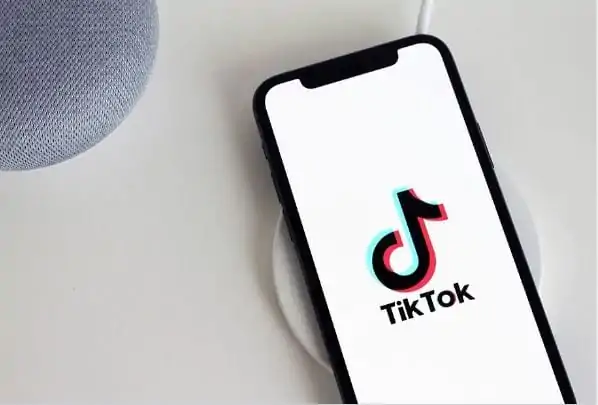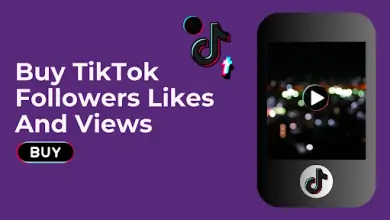Decoding User Types in Communication Tech

In the realm of communication app development, understanding the nuanced profiles of target audiences is pivotal. Developers craft their offerings with a keen eye on the diverse behaviors and preferences that define their users. Industry insiders highlight the stark distinctions among user groups, emphasizing their influence on product evolution and the importance of tailoring features to meet these varied needs.
The Social Butterflies
A key segment of the user base thrives on vibrant interaction, using messaging platforms as a conduit for their extensive social engagements. This group, often characterized by their extroverted nature, leverages the full spectrum of messaging features—from stickers to video calls—to enrich their conversations. Their digital presence is marked by a multi-app approach, ensuring they remain connected across their broad network. Marketing experts like Esther Sally, from Top Side WB, underline the value of these users, noting their role in anchoring the user community and driving engagement through active participation and recommendation.
The Workforce Communicators
For professionals, messaging apps serve a more utilitarian function, facilitating streamlined, efficient workplace communication. This group’s preference leans towards concise messaging and critical features like file sharing and group chats for project collaboration. While their app use is predominantly professional, it’s not uncommon for their digital toolset to overlap with other user categories.
The Tech Enthusiasts
Then there are the tech aficionados, always on the lookout for the latest features and security enhancements. Their expertise not only makes them pivotal in adopting and testing new functionalities but also in spreading the word about innovative services.
Vage Zakaryan, Head of Development at Gem Space superapp stated, “Developers always desire to have as many technically savvy innovators among their product’s audience as possible. They act as allies of the developers in introducing new features to other users. Statistics show that people are more willing to try a new service or app feature if it comes recommended by someone they know. Therefore, we know for sure that when we introduce new functionalities, our interested innovators will be actively using it from the first days.”
The Minimalists
Contrastingly, the minimalist users seek simplicity, using messaging platforms solely for essential communication. Unfazed by the plethora of available features, their interaction is straightforward, often favoring traditional modes of communication over digital ones when possible.
The Traditionals
Lastly, the conservative segment represents users less inclined towards technological exploration, prioritizing ease of use and sticking with familiar platforms. Their cautious approach to adopting new apps underscores the challenge for developers in encouraging transitions to newer platforms.
This kaleidoscope of user types presents both a challenge and an opportunity for developers. Recognizing and catering to the dominant user group can significantly influence a product’s trajectory, ensuring its relevance and success in the crowded landscape of communication technologies.




